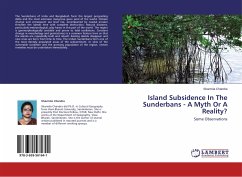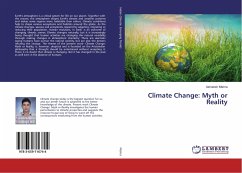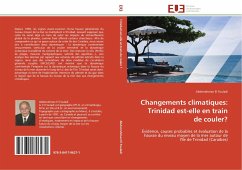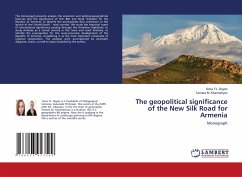
Island Subsidence In The Sunderbans - A Myth Or A Reality?
Some Observations
Versandkostenfrei!
Versandfertig in 6-10 Tagen
27,99 €
inkl. MwSt.

PAYBACK Punkte
14 °P sammeln!
The Sunderbans of India and Bangladesh form the largest prograding delta and the most extensive mangrove gene pool of the world. Climate change and consequent sea level rise, accompanied by coastal erosion threaten the islands here with complete destruction. Natural disasters, particularly meteorological, play havoc in this part of the world. The region is geomorphologically unstable and prone to tidal oscillations. Constant change in morphology and geotectonics is a common feature here so that the islands are repeatedly built and rebuilt. Existing islands disappear and new ones are born from ...
The Sunderbans of India and Bangladesh form the largest prograding delta and the most extensive mangrove gene pool of the world. Climate change and consequent sea level rise, accompanied by coastal erosion threaten the islands here with complete destruction. Natural disasters, particularly meteorological, play havoc in this part of the world. The region is geomorphologically unstable and prone to tidal oscillations. Constant change in morphology and geotectonics is a common feature here so that the islands are repeatedly built and rebuilt. Existing islands disappear and new ones are born from time to time. The Indian Sunderbans form one of the most densely populated areas of the subcontinent. In view of the vulnerable condition and the growing population of the region, certain remedies must be undertaken immediately.












